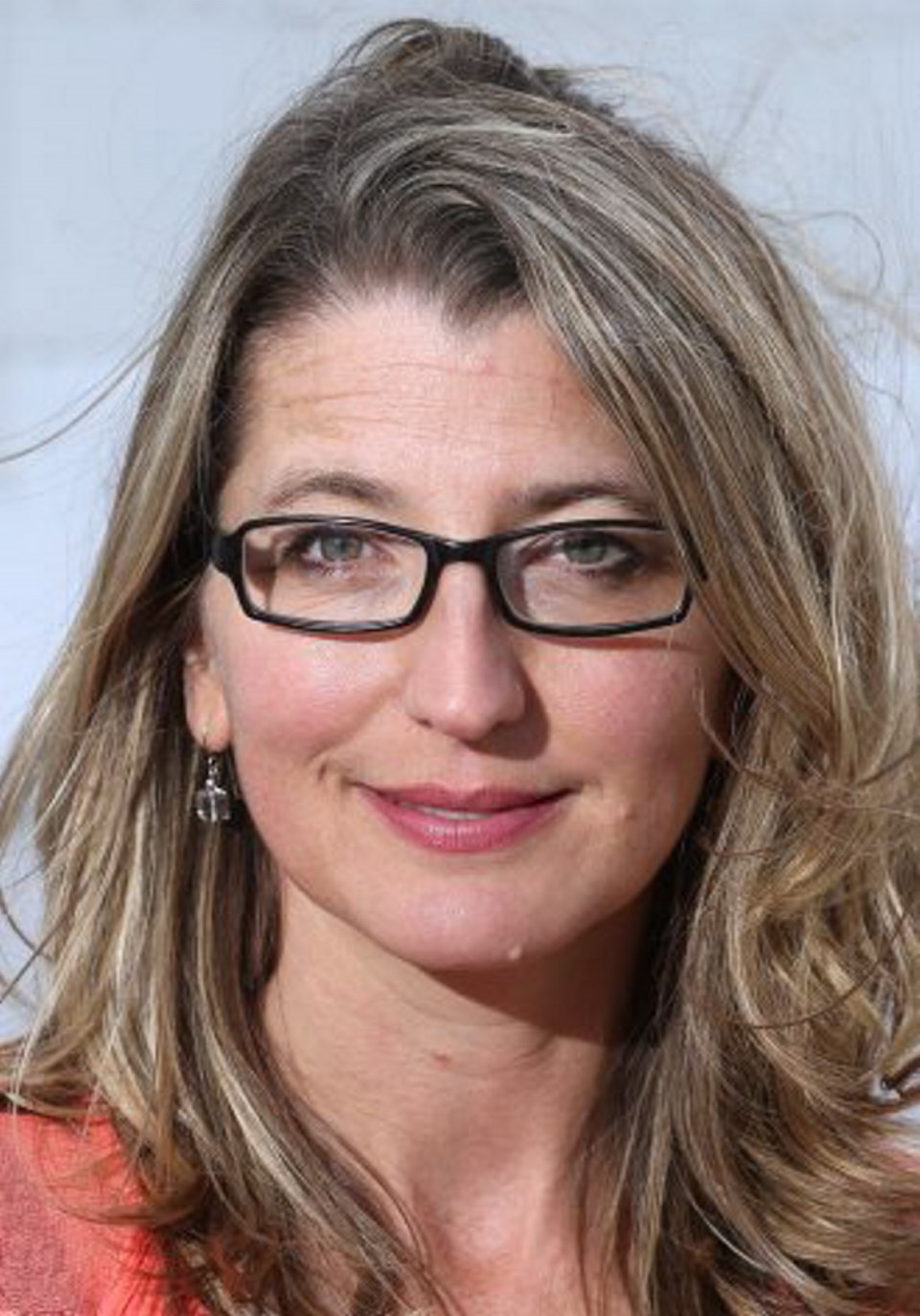When it comes to the recently announced 2014 B.C. budget, the reaction of arts groups appears to be: “Yeah, well … could be worse.”
Still, given the B.C. cultural industry’s often tumultuous relationship with the provincial government, a few glimmers of hope seem to be emerging.
Last week, Finance Minister Mike de Jong tabled a fiscal plan he described as “a triple-B budget — a boring, balanced, budget.” It’s hold-the-line stuff; there are no gifts for arts and culture. But, on the plus side, there are no funding cutbacks to an economic sector that, according to Vancouver’s Alliance for Arts and Culture, employs more people than B.C.’s forestry industry.
“So we’re not feeling that [the government] is looking for excuses to tear the rug from under us,” said Rob Gloor, the alliance’s executive director.
Another hopeful glimmer: Both Gloor and Ivan Habel, president of ProArt Alliance (representing Victoria’s professional arts groups), are cautiously optimistic about a proposal put forth this week by Saanich South NDP MLA Lana Popham in the legislature. Popham suggested the creation of a select standing committee on arts, culture and the creative economy.
Popham believes such a committee — with representatives from all political parties — would help create policy when it comes to the cultural industry. Nothing like this currently exists. Popham believes a committee could also help forge links that ought to exist between various sectors; for example, culture and tourism.
“We don’t have an arts tourism strategy for B.C.,” she said in an interview. “You can’t move forward unless you have strategy. What’s our vision? We don’t have a provincial vision for arts and culture.”
If funding increases to the arts are out of the question, focusing on policy makes sense.
Establishing a committee on arts, culture and the creative economy wouldn’t cost much. Of course, whether it would do much good is another thing. Many such government committees rarely even sit.
On Friday, Coralee Oakes, minister of Community, Sport and Cultural Development, had no comment on Popham’s proposal. Yet the fact Popham even made such a proposal suggests B.C. politicians are starting to take arts and culture — perennially dismissed as a frill — more seriously. And that’s a good thing.
With the latest Liberal regime, Gloor has noticed a shift in attitude toward arts and culture. “It’s slightly more enlightened,” he said.
These days, when the provincial government makes an announcement about a new arts program or funding, statistics reflecting the economic importance of arts and culture are routinely cited. “They’re celebrating it, they’re not just sneaking it in there,” Gloor said.
Arts folk are also buoyed by the attitude of Oakes, the rookie MLA from Quesnel who is now culture minister.
For one thing, Oakes has made an effort to talk to arts groups in B.C. — even meeting face-to-face with cultural leaders at receptions in Victoria and Vancouver (the cities with the highest concentration of artists in the province).
Yes, this may sound like small potatoes. But cultural organizations, long used to lukewarm support from government, find this encouraging.
For B.C.’s cultural industry, the overall picture is still far from rosy. Traditionally, per capita arts funding in this province has been either the lowest or among the lowest in Canada.
Ironically, Gloor couldn’t provide up-to-date statistics because federal funding to Statistics Canada has been cut back.
Before the budget announcement, the Arts Coalition of B.C. requested increased annual funding to the B.C. Arts Council from $24 million to a more realistic $32 million. This did not happen.
This despite the fact that, in order to put our province on an equal footing with the rest of Canada, the figure would have to be $40 million.
Yes, times are still tough for arts and culture in our province.
But, hey, they could be worse.
As Goor says: “We’re there for the long haul. We’re not going anywhere.”
